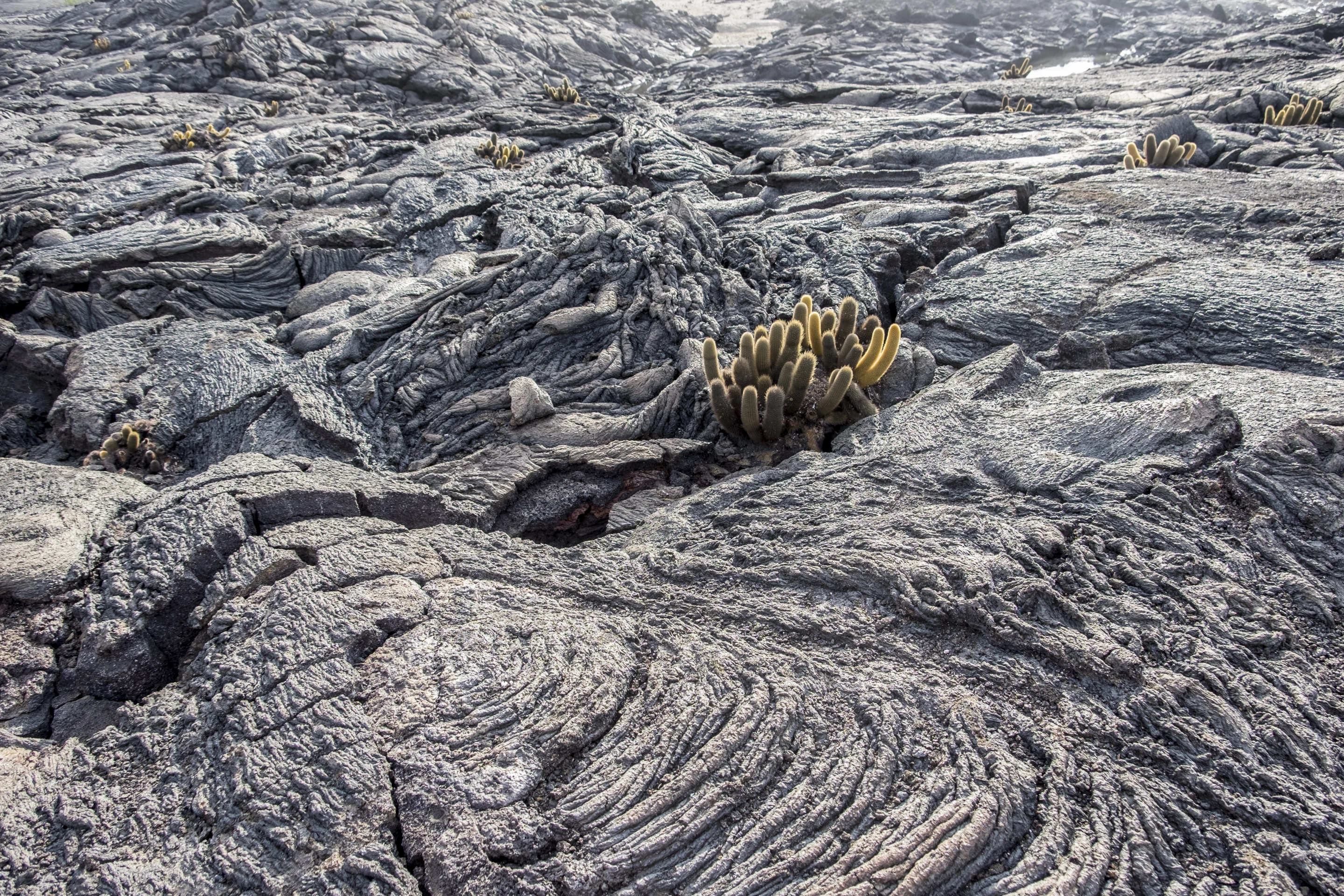The notoriously large carbon footprint of cement production is a prime target for researchers looking to chip away at the problem of climate change, and we've seen how this could involve all kinds of tweaks to the recipe. Scientists at Stanford University have demonstrated yet another one that substitutes troublesome limestone in Portland cement with zero-carbon volcanic rock, which might just help reinforce the finished product.
Limestone is a key ingredient in the production of Portland cement, but for this the rock needs to be extracted from the Earth, crushed up and then baked at extremely high temperatures together with other materials. This process itself generates more than a third of concrete production's carbon emissions, but limestone's environmental problems don't end there.
In addition to the vast amounts of energy involved in mining, processing and heating the limestone, the rock also releases its stored carbon as it undergoes treatment and is turned into clinker – small lumps that are then ground down into cement powder. This carbon would otherwise remain locked away for hundreds of millions of years, and its release is another major contributor to the overall carbon footprint of concrete production.
Led by Tiziana Vanorio, associate professor of geophysics, the Stanford scientists have been working on an alternative. The team's prototype cement does away with limestone entirely and instead uses volcanic rock, which can also be used to create clinker that in turn can be mixed with hot water to produce cement. While this would still involve the same energy-intensive procedure, the volcanic rock doesn't contain any carbon that would be released as part of the process.
“We can take this rock, grind it and then heat it to produce clinker using the same equipment and infrastructure currently used to make clinker from limestone,” says Vanorio.
There are some added potential benefits to this approach to cement production, and it has ties to the unreinforced concrete of ancient Rome. As the clinker made from volcanic rock is mixed with hot water, it encourages the formation of tangled fibers made up of intertwined chains of molecules. These kinds of structures can be found in hydrothermal environments where extremely hot water sits close to the surface and allows rocks and cement to react together at high temperatures. More famously, these structures can also be seen in concrete Roman harbors that have endured 2,000 years of pounding seawater.
We've seen researchers explore the incredible properties of Roman concrete in hopes of improving the performance of modern day versions. X-ray examinations have shown how seawater dissolves volcanic ash and generates crystals that plug holes in the material to actually strengthen it over time, and scientists have even found similar processes at play in the walls of nuclear reactors in Japan.
The scientists hope to form their low-carbon concrete in a similar way to how rocks naturally cement in hydrothermal environments, and use advanced tools to study the tiny structures that reinforce the materials. Understanding the conditions that give rise to these reinforced rocks, and ancient Roman concrete, could lead to modern-day versions that are stronger and don't need reinforcing with steel rebar.
“Thinking about a low-carbon clinker is another way to reduce the amount of CO2 that we send out in the atmosphere,” says co-author Alberto Salleo, while highlighting the broader possibilities of the research. “The Earth is a gigantic laboratory where materials mix at high temperatures and high pressures. Who knows how many other interesting and ultimately useful structures are out there?”
The study was published in the journal Construction and Building Materials.
Source: Stanford University




